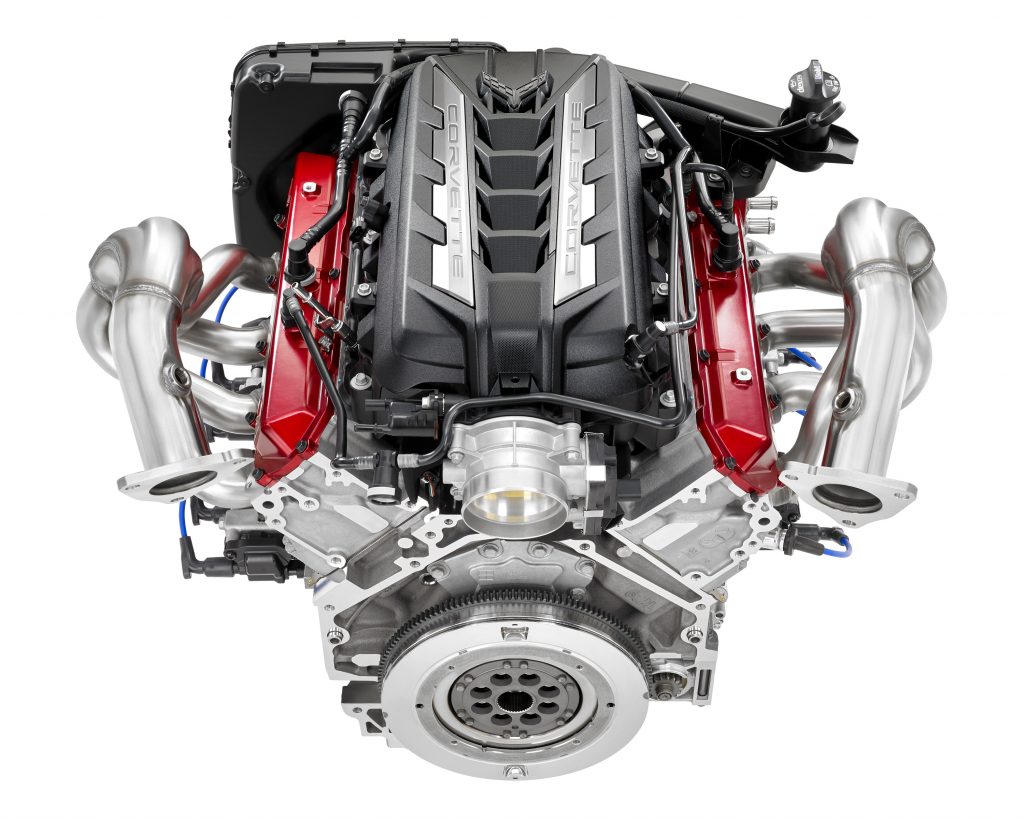LT2 Corvette Engine Ultimate Guide
It has become increasingly clear during the past several decades that GM has no intent to become complacent in their choice of powertrains, that are to be placed within the Corvette. Just when one begins to believe that the Corvette has achieved all that is possible in the realm of performance, GM releases another fearsome engine, which seemingly defies logic.
For this reason, an immense amount of buzz surrounded what would be found at the heart of the C8 Corvette prior to its 2020 release. In true GM fashion, something wicked was waiting in the wings, which would push the soon to be released C8 to a level of performance that no base model Corvette had yet reached.
No Subscription? You’re missing out
Get immediate ad-free access to all our premium content.
Get Started



